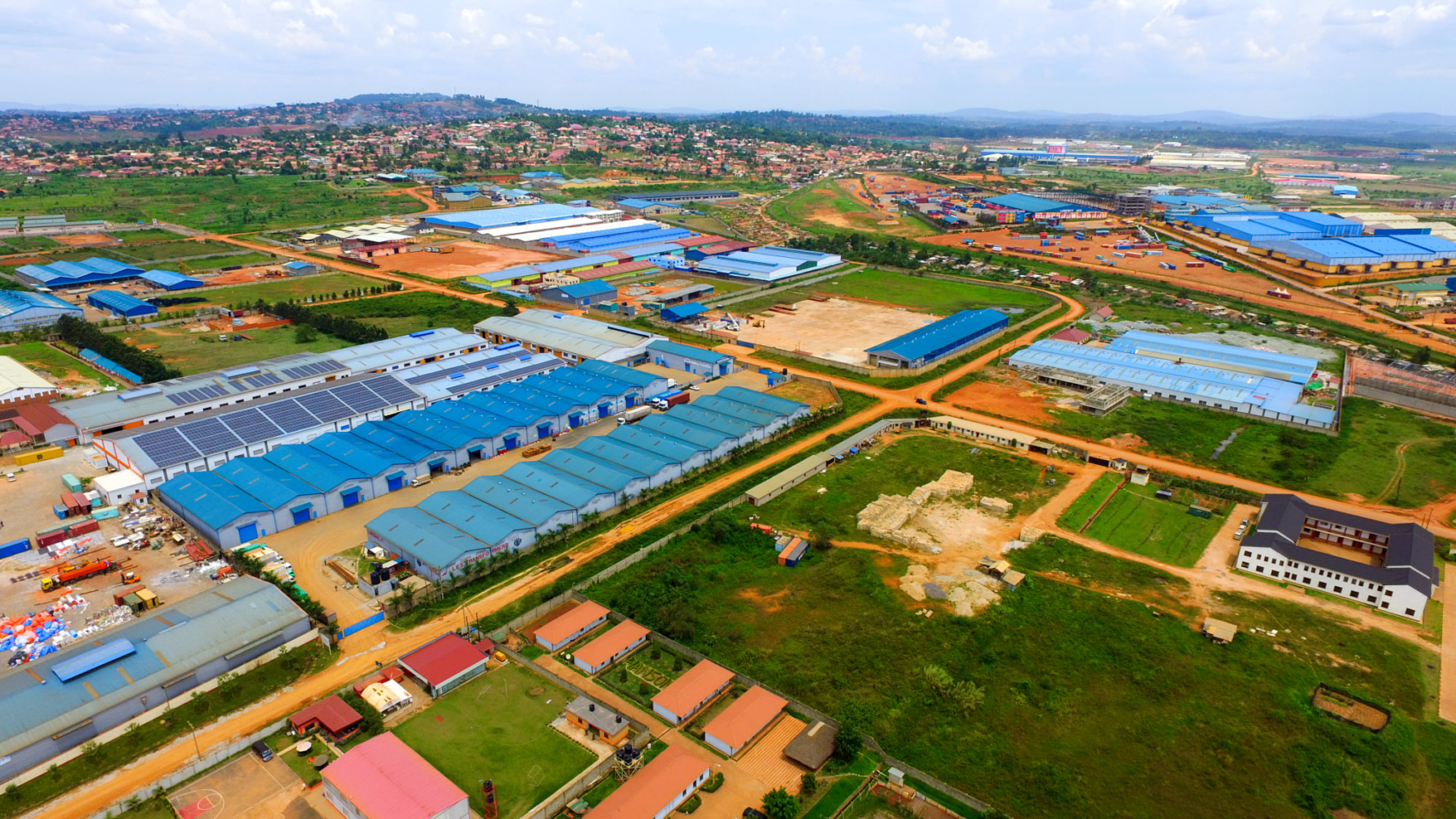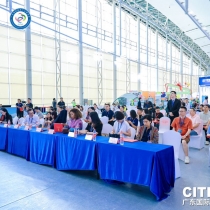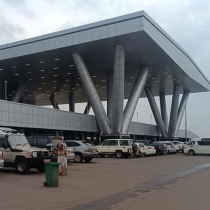
Transforming Uganda: How Industrial Parks Like Namanve are Paving the Way for Economic Growth
Industrial parks are pivotal to the economic advancement of developing countries and Uganda is no exception. They serve as concentrated zones of industrial activity, driving economic growth, creating jobs, reducing import dependency and fostering innovation and infrastructure development.
Kampala Industrial and Business Park (KIBP) or Namanve industrial park as it is commonly known stands as a testament to the transformative power of industrial parks. One of the most significant contributions of industrial parks is the stimulation of economic growth and the creation of jobs.
KIBP in Namanve, for instance hosts close to 300 factories and has helped generate thousands of employment opportunities and is expected to host over 500 factories upon completion and create over 200,000 direct jobs providing livelihoods for even more Ugandans. In addition to creating jobs, these industrial parks significantly reduce Uganda's dependency on imports by promoting local production. This benefit was especially evident during the COVID-19 pandemic, when global supply chains were disrupted, highlighting the importance of local manufacturing, especially in Uganda where certain raw materials are abundant.
The Uganda Investment Authority (UIA) has been proactive in ensuring that domestic investors play a pivotal role in this transformation. UIA provides numerous incentives to traders, particularly those in areas like Kikuubo, encouraging them to transition from merely trading and importing goods to manufacturing them locally. To further support this initiative, UIA established a Domestic Investment Division, which includes a Small and Medium Enterprises division tailored to meet the unique needs of Ugandan investors. Namanve Industrial Park is a crucial component in this strategy.
By bolstering local manufacturing, KIBP helps reduce the national import bill, saving foreign exchange and strengthening the domestic economy by retaining more financial resources within the country. The infrastructure within industrial parks is typically being developed to high standards, which is essential for the efficient operation of businesses. infrastructure project is a prime example, focused on building top-tier facilities that connect every cluster within the park to essential national grids, including roads, water, power and sewerage. The incorporation of fiber optic networks and comprehensive CCTV systems also demonstrates the park's evolution into a technologically advanced and secure ecosystem, attracting global investors.
KIBP infrastructure for example, upon completion will support over 500 factories with shared infrastructure, water and energy efficiency. This development lowers production costs for investors and encourages the use of local inputs, as seen recently by Metu Bus’ launch of a new model manufactured with locally sourced inputs, East African Medical Vitals manufacturing the first powder-free surgical gloves, Fei Long Investment Ltd recycling plastic into fabric and Roofings establishing a rebar plant producing high tensile steel.
Additionally, Orion Electricals and Transformers Ltd is producing Gas Insulated Switchgear (GIS) transformers, Plascon Uganda Limited has created anti-malarial paint and Quality Chemicals Ltd has developed a single HIV pill. Such initiatives highlight Namanve Industrial park's role in fostering innovation and local manufacturing capabilities. Modern industrial parks, including KIBP, are also increasingly incorporating green technology and sustainable building practices.
By using renewable energy, efficient water management and waste reduction strategies, these parks will minimize environmental impact. KIBP's recent campaign to plant 2 million trees within the park underscores its commitment to sustainability, setting a benchmark for environmentally responsible industrial development.
Like many African nations, the Ugandan government aims for a structurally transformed economy, as outlined in the African Union's Agenda 2063. There is now a recognition that achieving this structural transformation will be challenging without industrialization and a robust manufacturing sector.
Kampala Industrial and business park being Uganda’s flagship park is at the forefront of this effort, playing a key role in Uganda's journey toward a more self-sufficient and industrialized economy.
Joshua Potere Mushwa Project Communications and Outreach Specialist Uganda Investment Authority.
Links
- 90 views












































Join the conversation